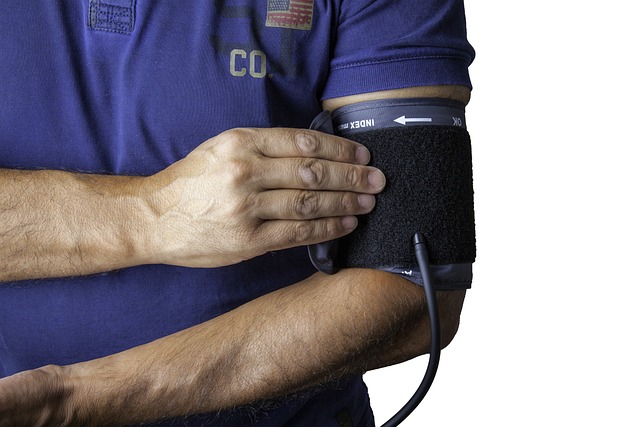Statistical methods to distinguish background noise from genuine flow signals
Effective leak detection relies on separating true flow-related signals from background noise using statistical techniques. This overview highlights core approaches—signal conditioning, probabilistic modeling, and cross-sensor validation—that improve detection reliability for pipelines and subsurface systems.

Effective leak detection depends on distinguishing genuine flow signatures from background noise across acoustics, thermography, fiberoptics, and pressure-based sensors. The first paragraph below outlines the statistical framing used in diagnostics and monitoring systems: framing the detection problem as hypothesis testing, estimating noise distributions, and quantifying confidence in potential leak events. Establishing a rigorous baseline for normal conditions through continuous telemetry, calibration routines, and mapping of expected spatial and temporal patterns reduces false positives when anomalies occur.
Acoustics and signal separation
Acoustic sensors remain widely used for pipeline monitoring because leak sounds have characteristic spectral and temporal features. Statistical methods such as matched filtering, spectral kurtosis, and wavelet denoising enhance signal-to-noise ratio by exploiting expected frequency content. Machine learning classifiers trained on labeled acoustic events can distinguish mechanical background noise from flow-induced signatures when combined with probabilistic thresholds. Validation with controlled releases helps calibrate detection thresholds so monitoring trades off sensitivity and false-alarm rates appropriately.
Thermography and infrared validation
Thermography and infrared imaging detect temperature anomalies at the surface or in excavated trenches that correlate with subsurface flow. Statistical image analysis involves background modeling, temporal differencing, and anomaly scoring across pixels. Techniques like principal component analysis (PCA) and robust median filtering isolate persistent patterns from transient environmental changes. Integrating thermographic outputs with other telemetry sources improves validation: a temperature anomaly that aligns spatially and temporally with pressure deviations is more likely to indicate a genuine leak.
Pipelines, pressure analytics, and monitoring
Pressure telemetry along pipelines provides direct evidence of flow disturbances. Statistical leak detection here uses change-point detection, residual analysis from hydraulic models, and probabilistic state estimation. Time-series methods—autoregressive models, Kalman filtering, and Bayesian changepoint analysis—identify departures from expected pressure profiles while quantifying uncertainty. Combining pressure analytics with mapping and geolocation of sensor pairs constrains probable leak locations and reduces spurious alerts caused by operational changes or demand fluctuations.
Fiberoptics and distributed sensing
Distributed fiber optic sensing offers continuous spatial coverage via Rayleigh or Raman backscatter, producing dense datasets requiring statistical reduction. Techniques include moving-window anomaly scoring, clustering to find contiguous anomaly segments, and false discovery rate control to account for multiple comparisons across thousands of sensing points. Geolocation mapping of anomalies, fused with acoustic and pressure signals, provides multi-modal confirmation. Calibration against known disturbances and seasonal baseline adjustments improves long-term stability of detections.
Calibration, diagnostics, and validation
Rigorous calibration and ongoing diagnostics are essential for distinguishing noise from genuine flow signals. Statistical calibration uses bootstrapping and cross-validation to estimate detection performance under varying conditions. Diagnostics monitor sensor drift, telemetry packet loss, and environmental covariates; statistical control charts and sensor health scoring identify instruments whose noise characteristics have changed. Validation protocols should include controlled injection tests, blind evaluation datasets, and documented thresholds that are periodically re-evaluated as part of maintenance and mapping updates.
Analytics, mapping, and telemetry integration
Advanced analytics combine signals from acoustics, thermography, pressure, and fiberoptics to strengthen confidence in detected events. Data fusion frameworks—Bayesian networks, ensemble classifiers, and probabilistic graphical models—integrate heterogeneous sensor outputs and account for differing noise characteristics. Mapping and geolocation tie anomalous signatures to physical coordinates, while telemetry time-stamps enable temporal correlation across platforms. Continuous model retraining, with attention to avoiding overfitting, helps adapt to seasonal and operational changes without increasing false positives.
In summary, statistical methods provide a structured way to separate background noise from genuine flow signals across subsurface and pipeline monitoring systems. Combining signal-processing techniques, probabilistic modeling, multi-sensor validation, and disciplined calibration produces more reliable diagnostics. Consistent mapping, geolocation, and telemetry integration ensure that anomalies are assessed in spatial and temporal context, improving the validation of potential leaks while controlling false-alarm rates.





